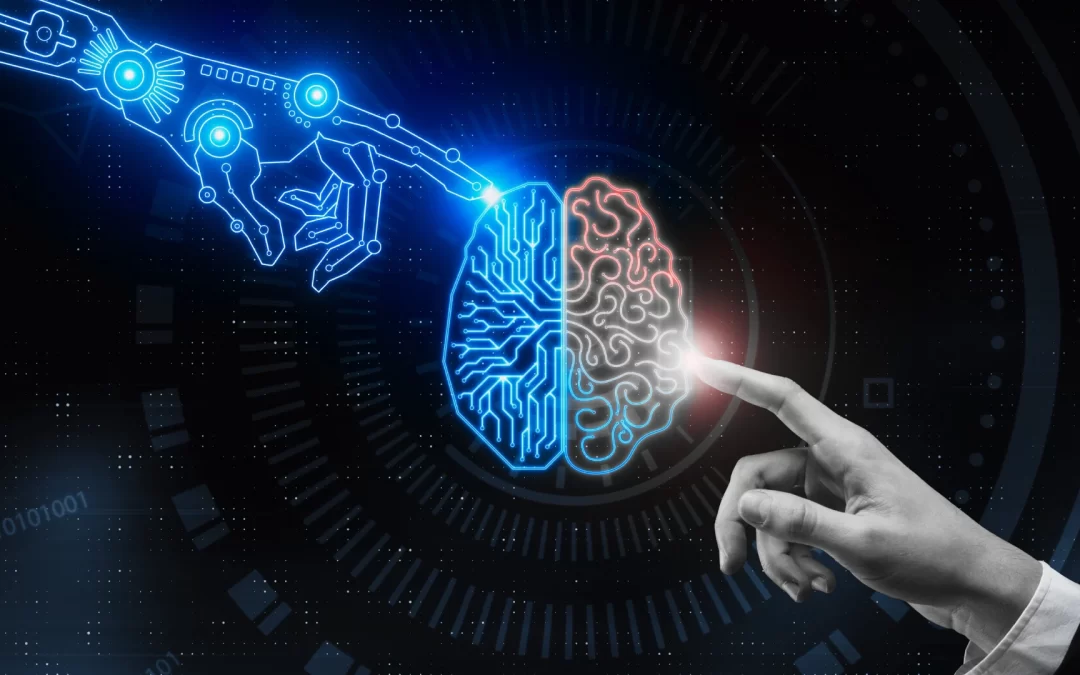We are living in a time of breathtaking innovation. Artificial intelligence is advancing at an astonishing pace, transforming how we work, communicate, and even think about ourselves. For those leading teams, building companies, or simply trying to keep up, the pressure is relentless: move faster, think bigger, stay ahead.
But somewhere along the way, we started treating ourselves like machines—expecting constant output, flawless performance, and zero downtime. And it’s costing us more than we realize.
As a psychologist with over three decades of experience, I’ve sat with people across every profession—from executives and entrepreneurs to educators and caregivers. What unravels them isn’t laziness or lack of grit. It’s disconnection. From their bodies. From their relationships. From their own sense of meaning.
We Thrive Through Alignment, Not Optimization
There’s a big difference between being effective and being efficient. When we treat ourselves like devices to be optimized, we bypass the very systems that make us human. Our nervous system isn’t designed for constant urgency. It’s designed to move between effort and ease, to scan for safety, and to anchor us in presence.
When that system gets stuck in overdrive, we lose clarity. We become reactive, rigid, tired, or numb. And from that place, creativity suffers. Relationships fray. Focus disappears.
Real strength doesn’t come from pushing through. It comes from pausing long enough to reconnect—to what we need, to who we care about, and to what really matters.
The Data Is Telling Us Something We Can’t Ignore
According to the American Psychological Association’s 2023 “Stress in America” survey, mental health diagnoses among adults aged 35–44 rose from 31% in 2019 to 45% in 2023. And 90% of Americans believe we are facing a mental health crisis.
Simultaneously, AI adoption is accelerating. A 2024 survey found that 75% of workers are using AI in the workplace, with nearly half (46%) having started within the last six months. While AI promises efficiency, it also brings challenges. Studies indicate that AI adoption significantly increases job stress, which in turn elevates the risk of burnout.
Looking ahead, experts predict that by 2028, AI will be integrated into nearly every aspect of business operations—from hiring and marketing to decision-making and customer service. This means we are entering an era where the line between human and machine input will continue to blur.
And this is precisely why we need to stay anchored in our humanity. The more integrated AI becomes, the more vital it is that we design environments, systems, and expectations that support the nervous system, honor emotional needs, and reinforce meaningful human connection.
This isn’t just a public health issue—it’s a performance issue. Burnout, disengagement, and chronic stress don’t just hurt individuals. They ripple through teams, cultures, and entire industries.
Presence Is the Real Power Move
One of the most powerful shifts we can make is to stop chasing more—and start choosing what matters.
In my work, I help people come back to what I call the “Green Zone”—a regulated state where the nervous system feels safe, and the mind can think clearly. From this place, people connect more easily, communicate more effectively, and act with greater intention.
You don’t need to overhaul your life. But you do need to listen. What helps you feel steady, even for a moment? What brings you back to yourself?
These questions aren’t a distraction from productivity—they’re the foundation of it.
The Future Must Be Humane
We are at a turning point. As AI reshapes the world, we must decide what kind of world we want to live in. Intelligence isn’t enough. We need wisdom. And wisdom lives in the body, in relationships, and in the spaces where people feel seen and supported.
So here’s the invitation: Before you optimize your next task list, check in with your actual life. Are you well? Are you connected? Are you grounded in what matters?
Because the future can be fast—but it also needs to feel like home.
We are not machines. We are living, breathing beings with needs that matter. And it’s time we started designing for that reality—not just around it.

